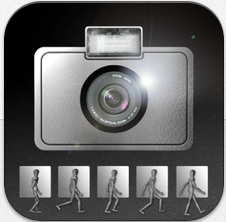The whole formative assessment obsession was really sparked by
Paul Black and Dylan William in 1998 when they did a review of educational research and came to the conclusion that formative assessment helps raise standardized test scores. There was more that I find more valuable, but that is what most people focused on. Yes I just ended my sentence in a preposition.
Anyway long article really sort formative assessment is a whole bunch of things boils down to this:
 |
| Chappuis, J. (2009). Seven strategies of assessment for learning. Upper Saddle River, NJ: Pearson
Education. |
|
Helpful right? I mean....duh. Who is trying to utilize processes that don't lead to improved student learning. The process isn't the important part. If you read all of the Black and William articles from early on the aspect I found most important was the value of feedback.
In an ideal world there would be enough time and resources for every teacher to work one on one with every student on every assignment. In that world we would know immediately when a student was struggling and could immediately re-mediate or address misconceptions. In the real world there are heavy demands on our time and a lot of students. Grading piles up, students don't always ask questions when then need help, when we do review or return graded assignments students may not review the concepts they missed.
There are dozens of ways to deal with this (exit tickets, Socrative, Thumbs Up/Down during discussions, etc.) but what do you do if you are in a class where students have choice in their daily assignments? My physics class is based on a flipped mastery concept, kids choose the unit and assignments they want to work on daily. Once they have mastered that concept they can move on. Lectures are videos and during class we work on activities, labs, and calculation.
It is a lot of fun and utter chaos daily.
This week I discovered a new tool (
thank you 3DGameLab Teacher Camp) called
ASSISTments. This is a free web based platform developed by W
orcester Polytechnic Institute. It lets me develop assessments (multiple choice, free response, numeric entry) that students can select themselves. I don't have to assign them one at a time, this works out well in my class where I could have 23 kids working on 23 different activities in a day.
ASSISTments provides feedback along the way, so I can set up an assessment to provide hints when a question is answered incorrectly, or require students to answer a certain number of questions right before proceeding. Obviously the students have immediate feedback, and I as the instructor can see at a glance how students are doing on all assessments assigned without having to go through a bunch of steps to look at various different screens. So far the interface is very easy to use.
Right now I am just playing with it and setting up assessments and looking at them with my student account to see how the whole thing works together but it does look promising. It has an
iPad app too!











